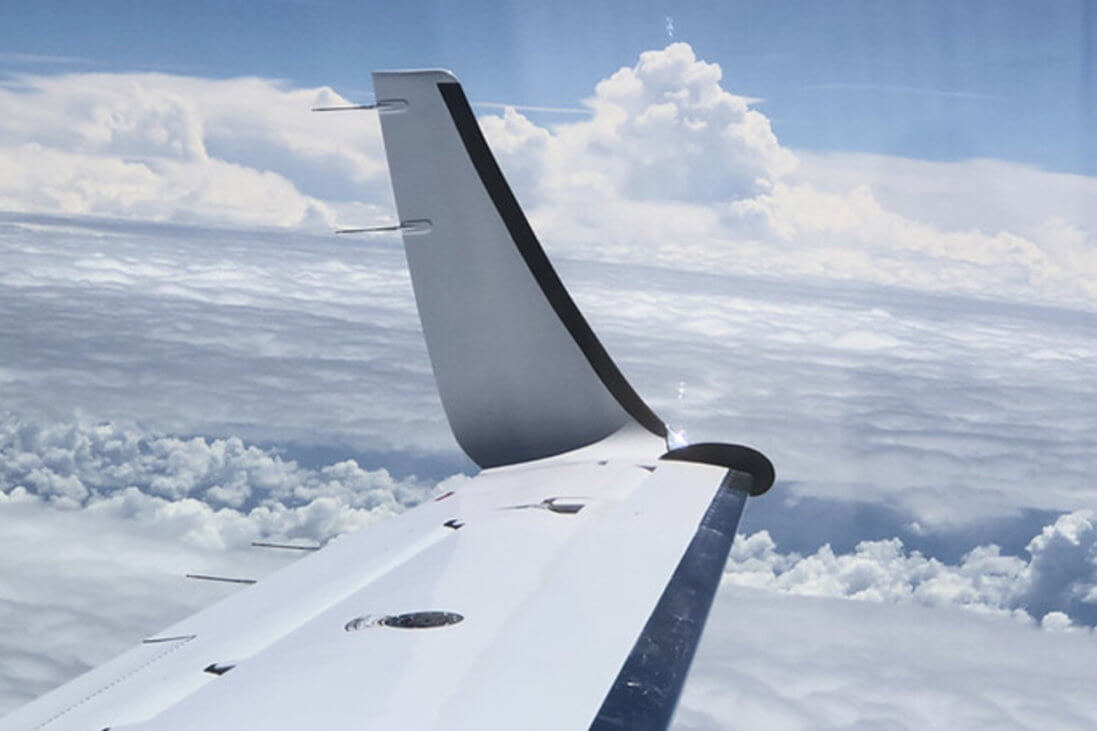
July 17, 2019
The European Union Aviation Safety Agency (EASA) and the FAA recently announced a means by which operators of Cessna CitationJet/CJ1, CJ2 and CJ3 light jets fitted with Tamarack Aerospace active load alleviation system (ATLAS) winglets may resume flying, following two airworthiness directives (ADs) earlier this year that essentially grounded those aircraft.
Unlike conventional winglets that utilize additional structural reinforcement, ATLAS uses active control surfaces (TACS) mounted outboard of the ailerons to counteract aerodynamic loading on the winglets.
In an April 19 emergency AD, EASA cited cases in which ATLAS “appears to have malfunctioned, causing upset events where, in some cases, the pilots had difficulty to recover the airplane to safe flight.” The FAA followed suit with its own AD in May.
Throughout the process, Tamarack maintained two company service bulletins – one issued in April 2018, the second released earlier this year – resolved incidents of uncommanded TACS movement and ensured those surfaces could not interfere with aircraft controllability. The EASA AD resolution and the FAA’s alternative means of compliance both require installation of those company service bulletins under a single EASA-issued bulletin (SB1480) in order for Tamarack-equipped aircraft to resume flying.
“Operational safety is paramount,” said Mark Larsen, NBAA senior manager, safety and flight operations. “NBAA appreciates the diligence with which regulators and Tamarack addressed the concerns that prompted the airworthiness directives, and we are pleased to see a path for aircraft equipped with Tamarack winglets to return to service.”
According to Tamarack, all but two ATLAS-equipped aircraft worldwide already comply with the requirements of SB1480. Company officials have emphasized throughout the process that Tamarack’s own test flights have demonstrated uncommanded TACS movement would not cause a sudden LOC-I event.


 International Business Aviation Council Ltd.
International Business Aviation Council Ltd.